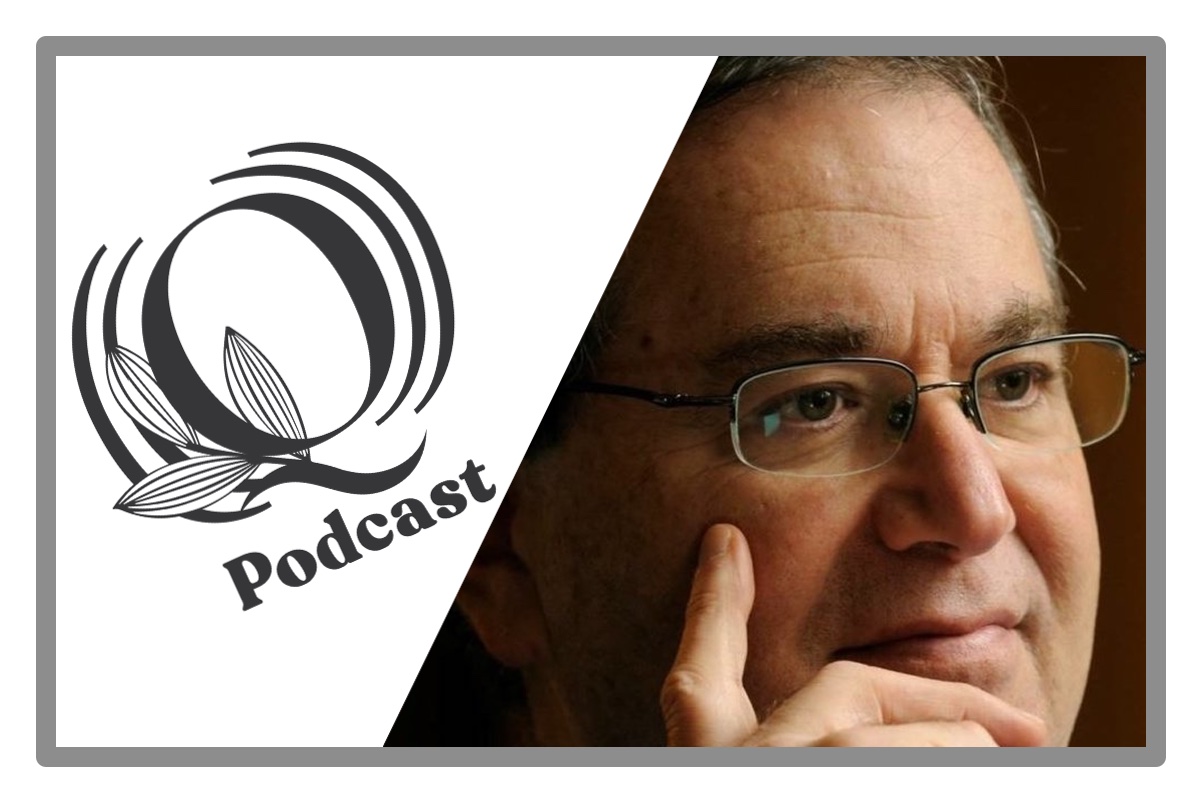Education
Declining Med School Standards in a Time of Pandemic
The language of the social justice Left began appearing in diversity statements at even the most elite schools.

In the beginning were the Medical College Admission Tests, or MCATs, a time-honored means of ascertaining worthiness for medical school. Formulated by the Association of American Medical Colleges, the MCATs assessed an applicant’s cognitive heft and baseline acumen in such no-nonsense disciplines as anatomy, biology, kinesiology, chemistry, and other precincts of hard biophysical science.
Then, around the turn of the millennium, early social-equity advocates began insisting, in essence, that the MCATs unfairly limited med school to people who showed significant potential as doctors. Specifically, the pool of physicians being churned out each year was judged insufficiently diverse. A chief concern was that African Americans, 13 percent of the US population, represented barely six percent of medical school enrollees. Efforts were made; the numbers ticked up incrementally.
Then in 2009 the body that accredits medical schools, the Liaison Committee on Medical Education (LCME), touched off a parity panic across the med school landscape by issuing stern new guidance on diversity. In order to remain accredited, declared LCME, medical schools “must” have policies and practices in place that “achieve appropriate diversity.” Enough airy talk of opportunity; let’s talk outcomes.
Words like “quota” were judiciously avoided but were legible in the reams of bureaucratic gobbledygook produced by newly socially aware medical administrators. Example:
Addressing the structural inequities laden in our system of selection of medical students… begins with ensuring we are using accurate metrics to set goals and track our progress. The representation quotient, one such metric, can be applied at the state and institutional level to ensure efforts align with the intended goal of creating a future workforce reflective of their respective patient populations.
Translation: If your enrollment of underrepresented minorities skews too far from population demographics, watch out. Thus began a willy-nilly search for correctives that today seems poised to eliminate all barriers—that is, uniform standards—that prevent med schools from simply anointing desired candidates qualified to practice medicine.
In the wake of the LCME’s watershed edict, working groups were convened, budget line items were created, and high-profile hires were made to facilitate diversity boosting and community recruitment. A main stumbling block seemed to be minority candidates’ poor performance on gatekeeper exams like the MCATs. Unintentionally ironic assertions began appearing in the literature. From anesthesiologist and author Dr. Maxime Madhere: “A huge obstacle to diversity is that most medical schools have the same criteria for all applicants.”
Equity advocates championed tests that emphasized “non-cognitive” factors in admissions decisions, such as the SJTs, with the SJ standing for situational judgment, not social justice (though a felicitous coincidence). SJTs, which appraise soft-sided skills like emotional intelligence, became at least a supplementary criterion at several dozen American med schools. Now, it’s beyond dispute that some of the skills tested for in the likes of the SJTs are desirable in a medical professional—emotional intelligence, empathy, compassion. They’re likely desirable in any professional, which is why such testing has been used in workplaces and other settings for years. And that is indeed the way the new testing was framed upon its entry into academic medicine.
But given the tenor of the times and the mandate from on high, it seems clear that the new testing was implemented at least in part as a workaround and as a sop to progressive dogmatists, who argued that admissions officers needed a benchmark to use apart from the knowledge testing in which minorities seemed relatively non-competitive (that disadvantage lingers, by the way). The primary selling point of SJTs was thus that they allowed schools to consider factors other than such blind metrics as a straightforward ranking of applicants’ college grades and MCAT performance. The MCATs themselves were revised in 2015 to give meaningful weight to areas of the social sciences.

Alas, under-represented minorites, once admitted, didn’t necessarily thrive. In fact, they were 97 percent more likely than were their counterparts to struggle academically as well as substantially more likely to wash out before graduation. This begat more scrutiny of the output end of the process. One white paper asserted uncritically, “In the competition to recruit minority students, most medical schools relaxed their admissions standards… On the other hand, no school relaxed its graduation requirements.”
There ensued calls for more hands-on mentoring and an increasing switch to pass/fail grading, thus creating less clear-cut performance gradients among students. Some advocated that the MCAT itself be pass/fail, in order to open up a larger pool of “qualitatively similar” applicants and allow more leeway in acceptance decisions.
The language of the social justice Left began appearing in diversity statements at even the most elite schools. From Harvard: “We acknowledge the strengths and weaknesses of our history and actively promote social justice, challenge discrimination, and address disparities and inequities.” Does that sound like med school rhetoric or a mission statement coming from an activist working group at Evergreen State? Yale’s statement stressed the importance of “speaking truth to power,” and that the school’s “ultimate goal is to better support student advocacy for social justice within and beyond the campus community.”
Seemingly left unasked was whether or not a medical school’s ultimate goal should have more to do with graduating quality doctors. Nonetheless, schools that failed to take heed risked having their hands slapped. The University of Missouri School of Medicine was twice threatened with loss of accreditation. By the decade’s end, this blitzkrieg approach to deepening the pool of diverse physicians began to pay noticeable dividends, according to a December 2018 study in the Journal of the American Medical Association that tracked minority enrollment since the 2009 LCME accreditation standard. Between 2017 and 2018 alone, the number of black students enrolled in US medical schools rose by 4.6 percent.
Unimpressed, critics complained that med school students were still 58.9 percent white. This, even though that stat remains well below census demographics, which indicate that 72 percent of Americans are “white alone.” Observers indicted even the newer generation tests for an endemic bias towards “privilege”: “Applicants with disadvantaged backgrounds still score lower on SJTs than their privileged peers, even if the difference is less than with the MCAT.” Always, that circular foundational assumption: that under-performance is, must be, a byproduct of some diabolical social antecedent: If the numbers don’t support an equity agenda, the playing field cannot, by definition, be level.

One sees the same line of argument in rhetoric from a group calling itself White Coats for Black Lives, or WC4BL. Founded in 2014, and modeled after the Black Panthers’ work in achieving equal healthcare access, WC4BL immediately demanded that med-school curricula include coursework in Black Studies and even intersectionality. Last year the group issued its second “Racial Justice Report Card,” which evaluated 17 medical schools through a social-justice lens. No medical school was graded higher than a B-. Harvard and Johns Hopkins received a C+. WC4BL told the Guardian that this signals a need for even more “robust” anti-racism training.
Other activists then called for a warmer embrace of so-called holistic admissions processes that further emphasize non-cognitive factors, with bonus points awarded for socioeconomic status, community service and “life experiences”; some suggested dropping the pretenses and unapologetically ranking candidates by race.
Let us close with a bit of inescapable context, the infectious elephant in the room, as it were: The world’s current struggles against COVID—19 underscore the vital importance of quality medicine. If you are the best and the brightest, you should be in medical school. You should not be in medical school for reasons other than that.






